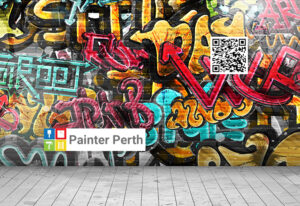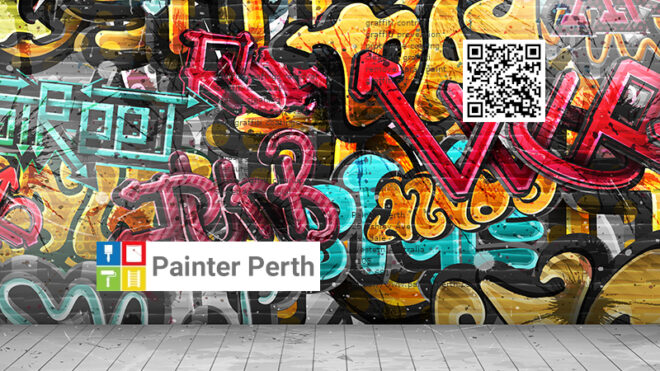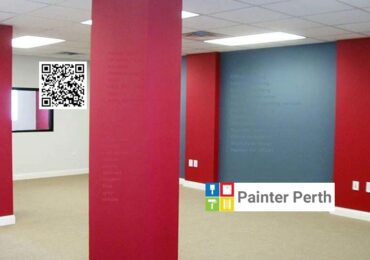Top Techniques for Removing Graffiti Without Damaging Surfaces
Graffiti is a nuisance for many, but removing it can be a challenge without damaging surfaces. Luckily, there are several effective techniques for removing graffiti without harming the underlying material. Pressure washing is a popular method that uses high-pressure water to wash away graffiti from smooth surfaces like metal and glass. Sandblasting is another option, using a blast of sand or other abrasive material to scrub the graffiti from the surface. Chemical solvents are also effective, dissolving the paint or marker and allowing it to be wiped away. However, it is important to choose the right solvent for the specific surface to avoid damage. Heat guns can be used on metal surfaces, softening the paint and making it easier to scrape off. Lastly, covering the graffiti with a sacrificial coating like wax or clear coat can protect the underlying surface and make graffiti removal easier in the future. With the right techniques, removing graffiti can be a smooth and damage-free process.
Understanding the Different Types of Graffiti Paint and Their Removal Methods
 Understanding the different types of graffiti paint and their removal methods is crucial to effectively clean up graffiti. Some of the common types of graffiti paint include spray paint, permanent ink, and marker pen. Spray paint is the most commonly used type of graffiti paint which is tough to remove due to its glossy layer and bold colors. It is best removed with pressure washing or through the use of special chemicals. Permanent ink graffiti requires high-pressure cleaning or sandblasting to remove its marks. Marker pen graffiti, on the other hand, is less challenging to remove compared to its counterparts and can be cleaned up using solvent-based chemical cleaners. It is important to keep in mind that using abrasive methods of removing graffiti could result in damage to underlying surfaces. Therefore, it is recommended to hire professionals skilled in graffiti removal to avoid damaging the area. By understanding the different types of graffiti paint and the best removal methods, you can ensure that efficient and effective measures are taken in erasing graffiti.
Understanding the different types of graffiti paint and their removal methods is crucial to effectively clean up graffiti. Some of the common types of graffiti paint include spray paint, permanent ink, and marker pen. Spray paint is the most commonly used type of graffiti paint which is tough to remove due to its glossy layer and bold colors. It is best removed with pressure washing or through the use of special chemicals. Permanent ink graffiti requires high-pressure cleaning or sandblasting to remove its marks. Marker pen graffiti, on the other hand, is less challenging to remove compared to its counterparts and can be cleaned up using solvent-based chemical cleaners. It is important to keep in mind that using abrasive methods of removing graffiti could result in damage to underlying surfaces. Therefore, it is recommended to hire professionals skilled in graffiti removal to avoid damaging the area. By understanding the different types of graffiti paint and the best removal methods, you can ensure that efficient and effective measures are taken in erasing graffiti.
The Environmental Impact of Chemical Stripping: Eco-Friendly Alternatives to Consider
Chemical stripping, while effective in removing paint, varnish, and other coatings from surfaces, can have a negative impact on the environment. These chemicals can release harmful fumes, contaminate water and soil, and harm wildlife. Eco-friendly alternatives to chemical stripping include sandblasting, dry ice blasting, and power washing. Sandblasting uses high-pressure air and sand to remove paint and other coatings from surfaces without the use of chemicals. Dry ice blasting uses compressed air and dry ice particles to gently and effectively remove coatings from surfaces. Power washing uses high-pressure water to remove coatings, but it may not be as effective as sandblasting or dry ice blasting. Although these alternatives may require more time and effort than chemical stripping, they are environmentally friendly and do not release harmful chemicals into the air or water. By choosing eco-friendly alternatives, we can help protect our environment and reduce our carbon footprint.
Surface Restoration 101: Understanding the Process and Its Benefits
Surface restoration is the process of renewing and reviving the appearance of a surface, such as flooring, countertops, or walls. This process is achieved through a variety of techniques including deep cleaning, sanding, and refinishing. The benefits of surface restoration are numerous. Firstly, it can save a significant amount of money compared to completely replacing a surface. Secondly, it is eco-friendly as it helps to reduce waste by extending the life of the material. Additionally, it can enhance the overall aesthetic of a space, making it more appealing and inviting. Furthermore, restoration can increase the durability and lifespan of a surface, making it less susceptible to future damage or wear and tear. Finally, the process is quick, often taking only a day or two depending on the size of the surface, which means minimal disruption to your daily routine. Overall, surface restoration is an excellent option for those looking to refresh their space without breaking the bank.



